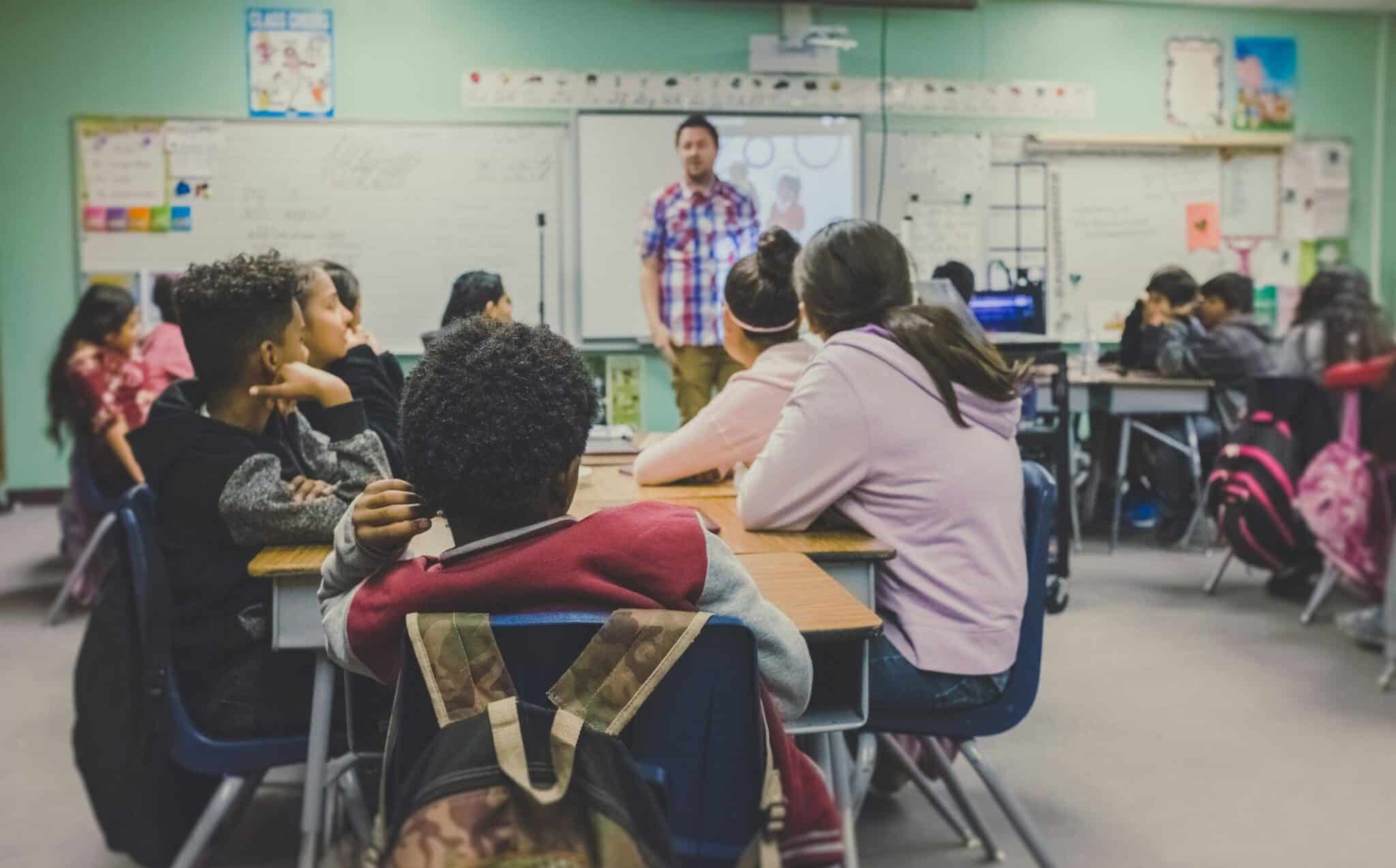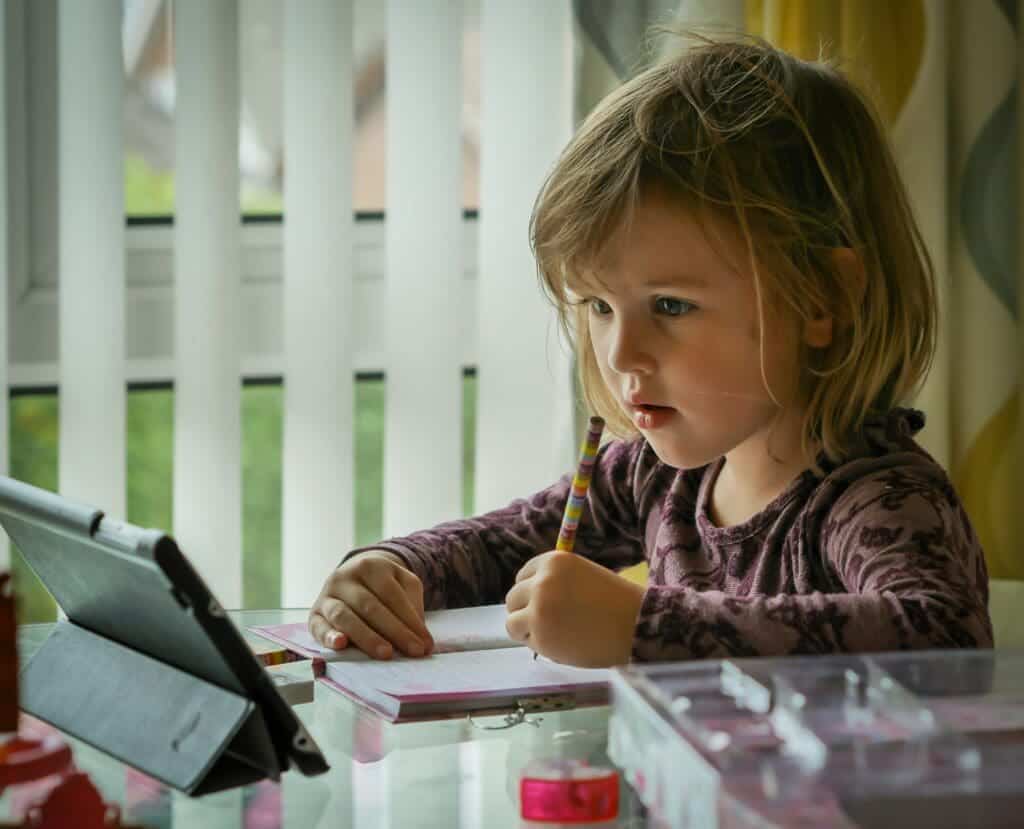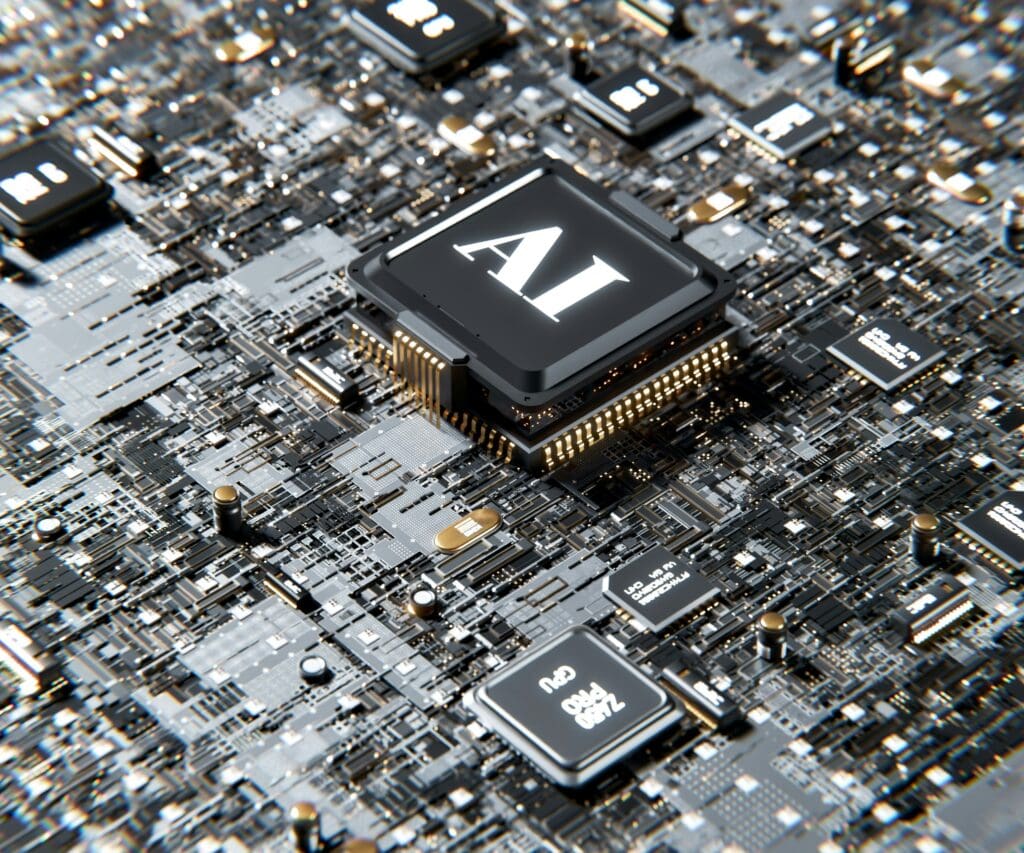Introduction:

In our ever-changing world, the way we learn and teach has been transformed by digital innovation. Over the past century, classrooms have evolved from dusty chalkboards and heavy textbooks into vibrant spaces full of interactive energy and human connection. At the heart of this revolution is the rise of technology in education, which has reshaped how teachers engage their students and how learners access knowledge. Gone are the days when a teacher’s voice and a piece of chalk were enough to inspire young minds—instead, today’s educators merge traditional values with digital breakthroughs that spark creativity and critical thinking.
Many educators and students alike appreciate that the modern classroom is not just about information transfer; it is about creating a nurturing community where ideas are exchanged freely, curiosity is celebrated, and every student feels seen. This shift is more than a trend—it’s a vibrant response to the needs of digital natives who expect learning to be interactive, dynamic, and personal. Central to this transformation is technology in education, which has become both a tool and a catalyst for deeper human connection in the learning process.
In this article, we will take a thoughtful journey through the evolution of classroom tools, from humble beginnings to the sophisticated digital environments of today. We’ll explore the benefits that personalized learning, real-time collaboration, and interactive media bring to the educational experience. We’ll also discuss how teachers are empowered by these innovations and consider the challenges we face on the road to full digital integration. Finally, we’ll gaze ahead at emerging trends that promise to further enrich our educational landscape. The story of our classrooms is one of continual reinvention—a story where every milestone brings us closer to a truly engaging and inclusive future.
I. A Historical Perspective: From Chalkboards to Digital Classrooms

At the dawn of the 20th century, learning was marked by simplicity and tradition. Classrooms were defined by rows of wooden desks, chalkboards that bore the teacher’s daily lessons, and a singular reliance on the spoken word. During those early days, the concept of integrating any form of digital tool was unthinkable. Yet even then, there was a subtle curiosity about how new ideas might someday transform the learning environment.
A few decades later, in the 1950s, educators began experimenting with audiovisual aids. Film projectors, overhead transparencies, and even early audio recordings emerged as tools that could supplement lectures by adding visual and auditory elements to the lesson. These experimental forays paved the way for what we now celebrate as technology in education—a term that, even back then, hinted at potential far beyond the traditional use of chalk and boards.
The real turning point came in the 1980s, when personal computers began finding their way into schools. Suddenly, learning was no longer confined to passive absorption. Interactive software enabled students to experiment with math, science, and language arts in engaging and exploratory ways. These early programs were simple compared to today’s standards, but they signaled a dramatic shift in how knowledge could be acquired. Teachers discovered that with even the most basic computing tools, there was an opportunity to create a more tailored, engaging narrative for each student—a key aspect of technology in education that many still appreciate.
As the decades turned, the late 1990s and early 2000s ushered in the digital age. With the explosion of the internet, a vast repository of digital content became available to anyone with a connection. Online libraries, digital courses, and educational websites meant that learning could continue outside the four walls of a classroom. This period cemented the transformation—what had once been an experimental idea evolved into something essential. The advent of these digital resources clarified it that technology in education had transcended its supplemental role to become a pivotal force in modern learning.
Throughout this historical journey, it’s easy to see that each technological breakthrough has built upon the last, creating a layered, rich environment where learning is both personal and collaborative. The evolution of classroom tools reflects advances in technology and demonstrates a commitment to making education more accessible and tailored to individual needs. In reflecting on these changes, we appreciate that the core mission remains unchanged: to inspire and empower every student.
II. Modern Innovations and the Digital Classroom

The learning environments of today are significantly different from the days of chalk and talk. Modern classrooms are dynamic, interactive spaces where digital tools coexist alongside laughter, discussion, and discovery. In every corner of these spaces, educators are finding creative ways to harness the power of modern devices to make lessons come alive.
In many schools, the setup now revolves around a seamless integration of technology in education. Classrooms are equipped with high-resolution interactive whiteboards that allow teachers to project images, write in real time, and annotate complex diagrams as students watch with rapt attention. These tools not only make lessons visually appealing but also facilitate interactive sessions where questions and ideas flow freely.
Portable devices, from laptops to tablets, have become standard tools in this modern era, supporting a fluid exchange of digital information. Having access to these devices allows many students to continue their learning beyond the end of the school day. Instead, homework assignments, video lessons, and collaborative projects can be accessed at any time, reinforcing that technology in education is transforming the very nature of time and space in learning.
Collaborative platforms also play a significant role in today’s digital classrooms. Whether students are working together in person or connecting remotely, the use of cloud-based applications and virtual meeting tools has fostered an environment of genuine teamwork. Group projects, class discussions, and even creative activities like digital storytelling are now common occurrences. These collaborative efforts ensure that every student feels part of a larger community unified by the desire to learn and grow.
Moreover, many educational institutions are embracing blended learning models that merge the best of traditional and digital methods. By combining face-to-face instruction with online resources, teachers create a flexible learning environment that adapts to the needs and rhythms of every class. In this context, vibrant digital tools and hands-on activities coexist, proving that technology in education is not about replacing human interaction—it’s about enriching it.
At its core, the modern classroom embodies the spirit of innovation and human touch. Students aren’t simply consuming information; they’re engaging with it, questioning it, and applying it in ways that reflect their lives and experiences. This kind of active participation lies at the very heart of what makes contemporary educational practices so powerful.
III. Transformative Benefits of Educational Tech

When we discuss the impact of digital tools in our schools, it’s hard not to get excited about the many benefits they bring. One of the most compelling advantages is the ability to offer personalized learning experiences. Imagine a classroom that caters to every student’s needs, adapting assignments to individual strengths and addressing challenge areas through customized lessons. That’s one of the greatest gifts of technology in education.
Adaptive learning platforms exemplify this personalized approach. These systems track student progress in real time and adjust the curriculum accordingly. When a student struggles with a concept, the program might provide additional exercises or alternative explanations. As a result, students gain confidence and take ownership of their learning journey. In a way, such digital methods create a classroom that listens to each individual, ensuring that no one falls behind.
Interactive applications and simulations have also redefined learning experiences. Consider a science class where students can virtually manipulate variables in a chemical reaction or explore the inner workings of a plant cell through engaging 3D models. Gamified elements—like points, challenges, and immediate feedback—make abstract concepts tangible and, dare we say, fun. These innovations ensure that technology in education is not just about technology itself; it’s about creating meaningful, memorable experiences that resonate long after the lesson is over.
Access to diverse resources is yet another major benefit. In the past, students were limited to the textbooks provided in their classrooms. Today, they can dive into vast digital libraries, watch expert-led tutorials on YouTube, or join global webinars on cutting-edge research. Such expansive access democratizes learning, making it possible for every student, regardless of background, to benefit from world-class information. With so much at their fingertips, learners begin to see that technology in education serves as a bridge to endless knowledge.
Furthermore, digital collaboration tools have revolutionized group work and community projects. Through online platforms, students can connect with peers not only from their school but also from different parts of the world. Digital group projects encourage the sharing of different cultural perspectives, collaborative problem-solving, and creative brainstorming. In these interactions, every student comes to recognize that collective learning is enriched by diversity and cooperation—a lesson that extends well beyond the classroom walls.
In essence, the integration of digital tools in schools has shifted the focus from simple content delivery to an environment where every student can thrive. Beneath every benefit—be it personalized learning, interactive applications, or enhanced access to information—is the understanding that the best education nurtures both the mind and the heart.
IV. Empowering Educators: Digital Tools for Better Teaching

Teachers have always been the guiding lights in our classrooms, and today, they have a whole new array of digital tools to help them shine even brighter. Modern educators find that embracing digital innovations not only eases the administrative load but also opens up new avenues for creativity in lesson planning. There is a growing sentiment among teachers that when they are supported by the right resources, their ability to connect with and inspire students is amplified.
Across many schools, administrators are investing in systems that streamline everyday tasks. Learning Management Systems (LMS) such as Google Classroom, Canvas, and Moodle have become essential. These platforms enable educators to organize course materials, assign and collect work, and provide instant feedback—all from one centralized location. With these tools, teachers can spend less time on paperwork and more time focusing on pedagogy. This is one clear example of how technology in education is empowering educators to do what they do best—teach.
Interactive whiteboards have also revolutionized the way lessons are delivered. Instead of writing on dusty boards, teachers now engage students with dynamic displays that allow for real-time annotation, multimedia presentations, and even interactive simulations. This added interactivity helps capture the attention of students and turns lessons into lively, engaging experiences. When teachers use these tools, they’re not offering a one-way lecture; they’re facilitating a dialogue, creating an environment where every question, idea, and moment of curiosity is valued.
Digital assessment tools further enhance the teaching process. Apps like Kahoot, Quizizz, and Socrative let teachers conduct live quizzes and surveys in the classroom. These tools provide instant data on student understanding, enabling educators to adjust their lessons on the fly. With this real-time feedback, teachers feel more connected to their students’ learning journeys and better equipped to address individual challenges. In doing so, they transform assessment from a stressful event into an interactive learning opportunity, reinforcing that technology in education is about making learning both effective and enjoyable.
Digital innovation has also transformed professional development. Many teachers now access online courses, webinars, and communities of practice that help them stay current with the latest trends and teaching strategies. In virtual conferences and discussion forums, educators share their experiences, exchange ideas, and learn from one another. This collaborative spirit boosts individual confidence and contributes to a collective improvement across the educational landscape.
V. Overcoming Challenges: The Human Side of Digital Integration

While digital tools have ushered in tremendous benefits for both students and teachers, integrating these technologies does not come without its challenges. A thoughtful, human-centered approach is essential to ensure that the embrace of digital innovation is inclusive and sustainable.
One of the greatest challenges is the digital divide—the gap between those who have ready access to modern devices and high-speed internet and those who do not. In many communities, particularly in rural or low-income areas, students struggle to keep pace simply because they lack reliable digital resources. Bridging this gap requires a human commitment to fairness. Many educational institutions are now working tirelessly to provide laptops, tablets, and even mobile hotspots to underprivileged students. It is a powerful reminder that when we talk about technology in education, we must also address issues of equity and opportunity.
Another concern is the varying levels of digital literacy among both students and teachers. Not everyone is naturally savvy with the latest gadgets or software. Professional development programs, hands-on workshops, and peer mentoring can help ensure that everyone is comfortable and confident in using digital tools. When educators and students learn together at a steady pace, the classroom becomes a true community of shared growth—another key reason why technology in education must be implemented with empathy and patience.
Distractions, too, pose a meaningful barrier. Digital devices, while incredibly useful, can easily pull a student’s focus away from the lesson at hand. Teachers are tasked with creating structured digital experiences and clear guidelines that help students use these tools productively. Balancing screen time with more traditional hands-on activities is one way to ensure that digital interactions remain beneficial. In this respect, successfully integrating technology in education means not only providing the tools but also empowering students with the discipline and responsibility to use them wisely.
Last but not least, concerns about data privacy and cybersecurity persist. With so much sensitive student information stored online, safeguarding digital records is imperative. Schools are increasingly implementing robust cybersecurity measures and educating staff and students about best practices to protect personal data. With vigilance at every step, we ensure that the promise of technology in education does not come at the cost of our security or trust.
VI. Looking Ahead: The Future of Learning
As we look to tomorrow, the promise of digital innovation appears brighter than ever. Emerging technologies such as artificial intelligence, virtual reality, and augmented reality are already starting to reshape our understanding of what the classroom can be. For instance, AI-powered tutoring systems and immersive VR lessons could soon offer hyper-personalized educational experiences that adapt in real time to the needs and pace of each learner. These advances signal that technology in education will continue to break boundaries, expand horizons, and create learning opportunities that we can only begin to imagine today.
VI. Looking Ahead: The Future of Learning

In the near future, we foresee digital tools blending ever more seamlessly with traditional educational techniques, creating versatile, hybrid learning models that capitalize on the strengths of both. The human touch will remain paramount, but it will be enhanced by innovations that allow educators to reach every student, regardless of geography or resource constraints. As global connectivity grows and diverse voices find common ground through digital channels, our classrooms will become living, breathing communities of inquiry and creativity. The continued evolution of technology in education will play a central role in this journey—guiding us toward a more inclusive, engaging, and dynamic way of learning.
Conclusion
The journey from chalkboards to interactive whiteboards and beyond is not just a tale of technological evolution—it is a story about our collective desire to nurture minds, inspire creativity, and foster genuine human connection. The strides we have made in personalizing learning, enhancing collaboration, empowering educators, and democratizing access to information are all testaments to the transformative power of digital innovation. Challenges remain—from ensuring equitable access and overcoming distractions to maintaining privacy—but with thoughtful action and a commitment to progress, we can continue to build a future where education is truly for everyone.
Every day, through new tools, fresh ideas, and tireless dedication, teachers and students alike are crafting an environment where learning is not only effective but also warm, engaging, and alive with possibility. The next chapters of our educational story promise even more exciting breakthroughs. With emerging innovations on the horizon and a collective commitment to continuous improvement, there is little doubt that the infusion of technology in education will continue gifting us with rich, transformative experiences that empower every learner to shine.
We honor the spirit of exploration and human ingenuity in embracing these digital advancements. Our future classrooms will be places where technical tools and human passions converge, forming communities that celebrate curiosity, creativity, and growth. As we stand at this exciting crossroads, let us commit to a vision of innovative, inclusive education and a deeply human vision powered by the promise of technology in education.



Pingback: Mastering Memorization: Study Habits to Ace Your Assignments
Pingback: 8 Ways to Create a Positive Learning Environment: Strategies for Teachers
Pingback: 6 Online Learning Platforms: Empower Your Success Today
Pingback: 4 Controversial Learning Styles Theory: Myth or Science in Education?
Pingback: 7 Empowered Strategies for Overcoming Procrastination in Homework
Pingback: 5 Key Reasons for the Importance of Education: Bridging the Gap to Guaranteed Real-World Applications
Pingback: Music for studying:how music influences studying
Pingback: How to Stand Out in School: A Comprehensive Guide
Pingback: Effective Ways for Students to Interact with Their Teachers
Pingback: Study Like a Pro: Mastering the Art of Effective Learning
Pingback: 10 Effective Strategies to Get Better Grades in School
Pingback: 8 Back to School Tips and Tricks: How to Prepare for a New School Year
Pingback: Mastering Driver’s Education: Tips and Tricks to Pass with Confidence
Pingback: Book bag organization:10 tips and tricks
Pingback: Mastering Your Instrument: Effective Practice Strategies for School Musicians
Pingback: The Best Laptops for School: Your Ultimate Guide
Pingback: 5 Effective Student Retention Strategies for Schools
Pingback: 5 Essential Note-Taking Techniques for School Success
Pingback: 7 Elated Insights: IQ Definition and Its Measure of Intelligence
Pingback: 7 Effective Active Learning Techniques in Education
Pingback: Understanding AP Classes and Advanced Placement Classes Success
Pingback: 7 Ways Technology in Education is Inspiring Change
Pingback: Master the Importance of Friendship in Making Friends at School
Pingback: 7 Strategies to Overcome Procrastination
Pingback: Embracing Opportunities: Technology Evolution Workforce